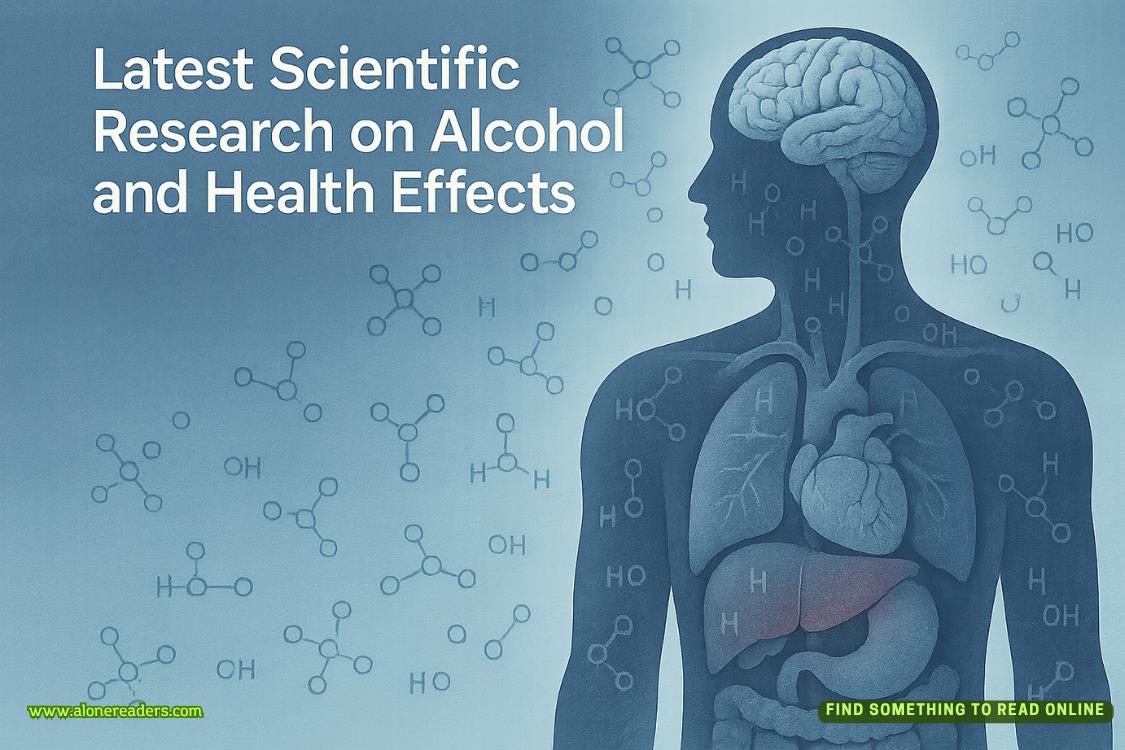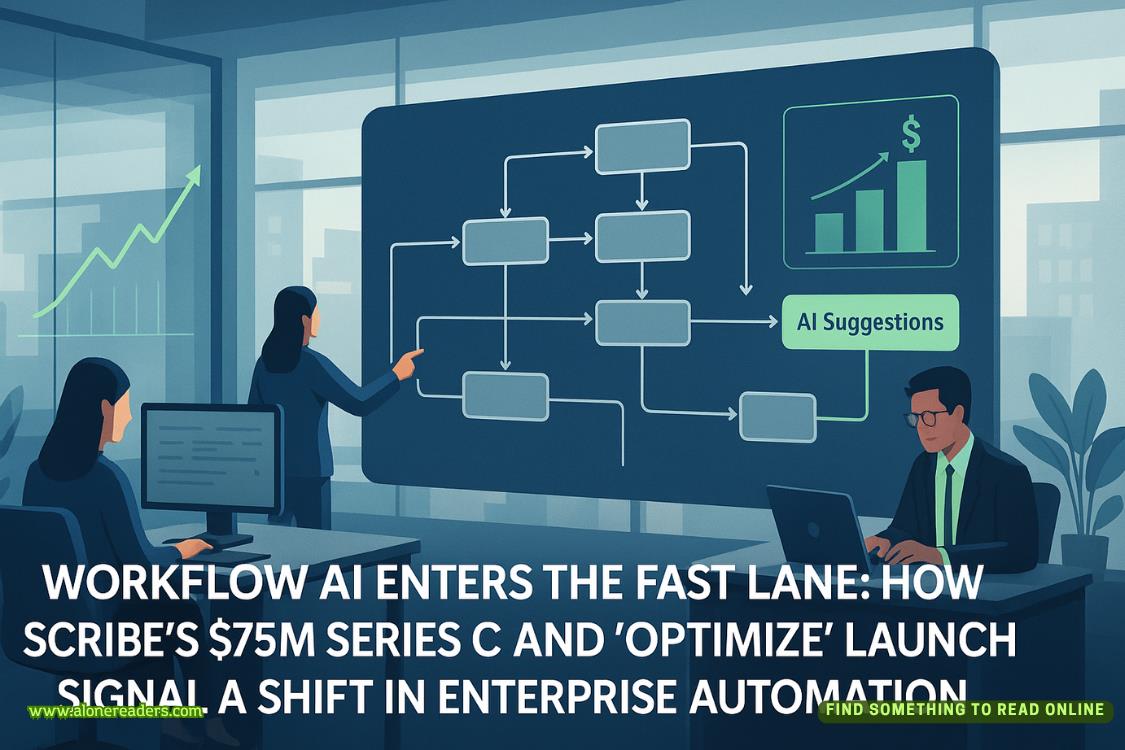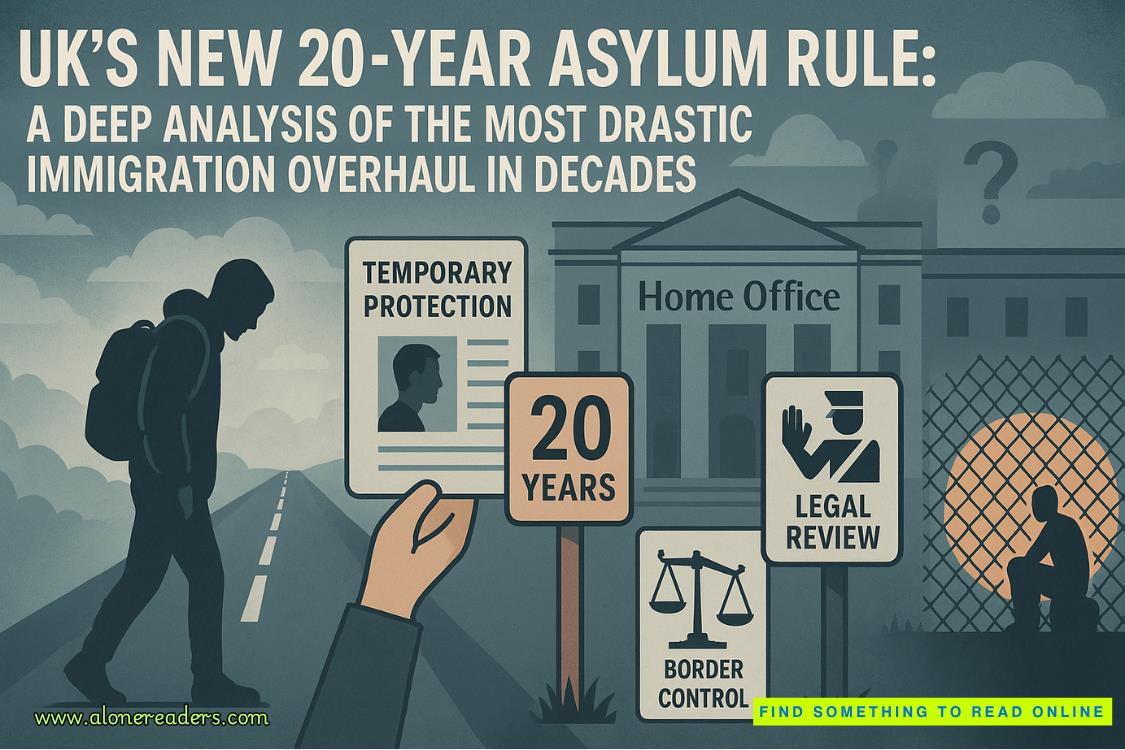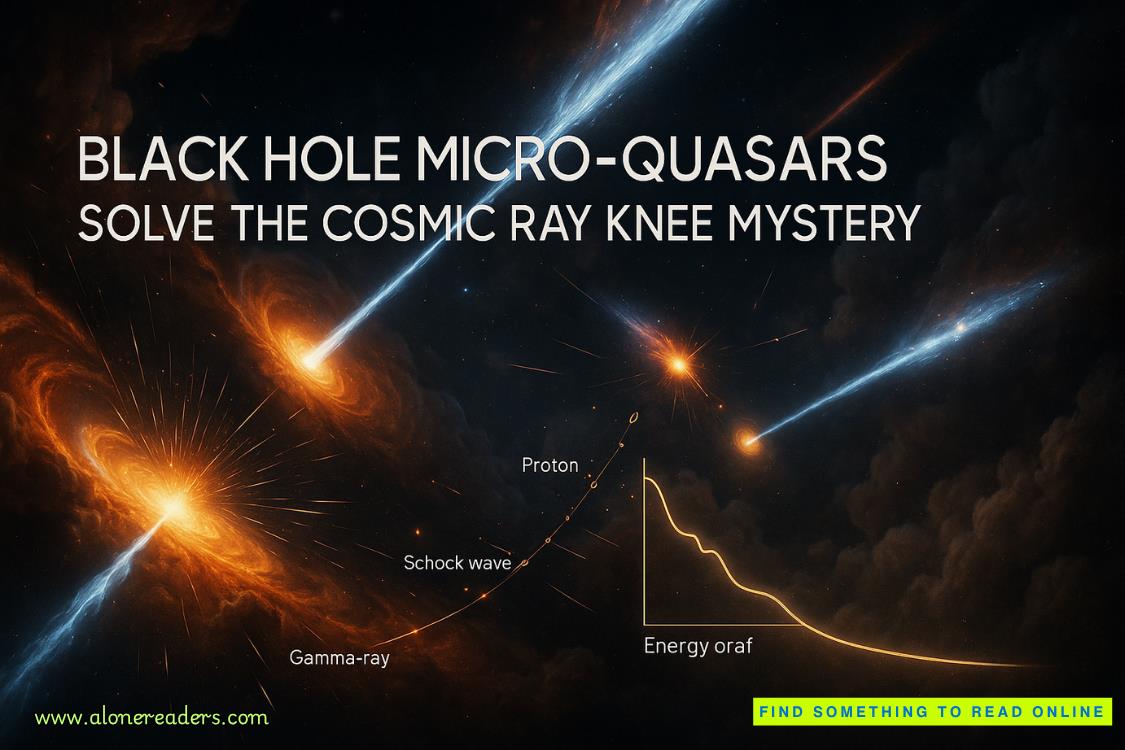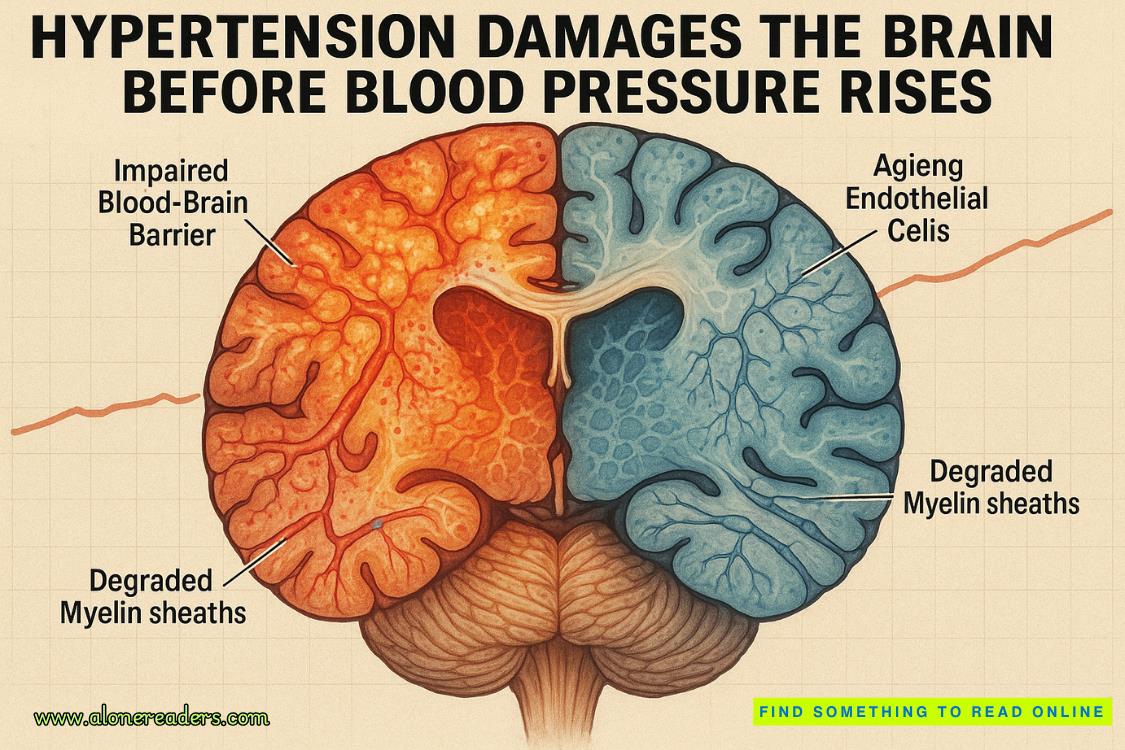Page 79 of Quake
“Do you need a snack before we get back? I don’t want your blood sugar to drop,” he tells me, and his thoughtfulness warms my heart.
“I’m okay. I just checked my continuous glucose monitor before we got in the car,” I tell him with a small smile.
He eyes me speculatively. “Would you mind explaining how that works to me? I’ve looked into it, and it seems like it’s just kind of always checking your sugars, but there were so many brands, and even within the brand that you use, there were a few different kinds.”
Heat creeps up my chest. “You were researching diabetes?”
He clears his throat. “Uh, yeah. I just want to make sure you’re safe.”
This man.
“The CGM I have checks my sugar constantly, just like any other continuous glucose monitor, but each company has its own devices. Mine can connect to a receiver, a watch, or an app on myphone, which is my preference,” I explain. “It’s got a wire-thin filament that stays in my skin, and I wear it all day, in the shower or wherever. I change it once a week, but some people change theirs every ten days. I just know I won’t remember to change mine unless it’s always on the same day of the week. It checks my sugar levels all day and uploads the data to an app on my phone.” I open the app so I can show him what the interface looks like. “I have mine set so that if my sugar falls below seventy, an alarm will go off through the app, so I know to drink some juice or get anything high carb in my body. On days when my sugar gets too high, I feel crappy for hours, even after I’ve corrected it. It’s a constant battle to reach some semblance of homeostasis.”
“So the day you had that episode, why didn’t an alarm go off?” he asks, his brows pinching together.
“Because I had already taken my CGM off, thinking I was going to change it out, but then I realized I didn’t have any insulin and forgot to put another CGM on. It was just a string of bad luck that day.”
He hums beside me. “Is there a certain brand of that glucagon I should get? I’d just like to have it in case something like that happens again.”
My throat feels thick as tears prick my eyes. We pull into the parking lot. “Anything will do, thank you,” I tell him, holding back the tears that are threatening to spill over.
Chapter forty-five
Gianni
Wednesday, April 30, 2025
I’m sitting at my laptop, staring at the screen. My heart is pounding inside my chest with the growing unease wrestling inside me.
I’m really doing this.I’m actually speaking to a psychiatrist.
The loading symbol in the center of the video call finally stops, replaced by a smiling middle-aged man sitting in front of a cherrywood bookshelf.
“Good afternoon, I’m Dr. Slader. Would you mind confirming your name and date of birth before we get started?”
Once I do, we get into it, and slowly, the nausea starts to subside. “So I see you filled out the forms I sent ahead of time. I appreciate that because it allows us more time to get into what you’ve written and allows us to discuss a plan that works best for you and your schedule and meets you where you’re at right now.”
I like that this is a discussion and not just him telling me whathethinks I need to do to get better. “Do you mind if I ask you some questions about that form?”
“Of course not. Go right ahead,” he urges me.
“Okay, so the PHQ-9 is a screening tool for depression, right?”
“Yes, it allows us to look objectively at what you’ve been going through without allowing subjective opinions to muddle your diagnosis. But at the end of the day, whether we diagnose you with one thing versus another doesn’t matter as much as working through what it is thatyouwant to overcome.”
“That makes sense, I guess. So, where do we go from here?” I ask, feeling better about this whole situation. I like that I can just shut my laptop if this becomes too overwhelming for me, and the fact that I’ve never met this person in the real world is also really helpful.
“Well, let’s start by discussing some answers you filled out on the form and determine from there. Sound like a plan?”
I nod, and that’s exactly what we do. We spend the next forty-five minutes going over all of my answers, and at the end, unsurprising to anyone, I’m diagnosed with persistent and major depressive disorder. I met the criteria of PDD as a result of the length of time I’ve felt this way and MDD because of the situations that exacerbated it.
“It sounds like at one point you hadn’t been open to speaking with a therapist, but you might be more open to that now, is that right?” I really appreciate that he doesn’t put words in my mouth and clarifies the things I’ve said. That’s been a huge fear of mine going into this.
“That’s right. I think I’d benefit from just getting some things off my chest, but I’m also open to learning some healthier coping mechanisms rather than just sleeping the day away,” I say, sucking in a breath through my nose as I try to steady my breathing before speaking the next words. “I also think it’s time to try medication too.”
“That’s really great, Gianni. It’s clear that you’ve come a long way from your initial feelings toward your mental health to where you are now, and I’m truly so excited to see where you go from here with the right support. I have a colleague in my office who can see you as early as this Friday for your first therapy session. Does that work?”
We get it scheduled, and when we’re done, we discuss medication. “So there are a lot of medications that work very well for depression, but I’d like to start you off with what we consider ‘first-line’ therapy. That would be a medication called an SSRI or selective serotonin reuptake inhibitor, which essentially means that this medication blocks your body from getting rid of the serotonin you produce naturally and allows you to maintain more of that. Serotonin is a neurotransmitter or hormone produced in the brain that regulates mood and allows you to experience emotions, such as happiness. It plays a huge role in regulating your mind and body, but as with any medication, there are potential side effects.”
